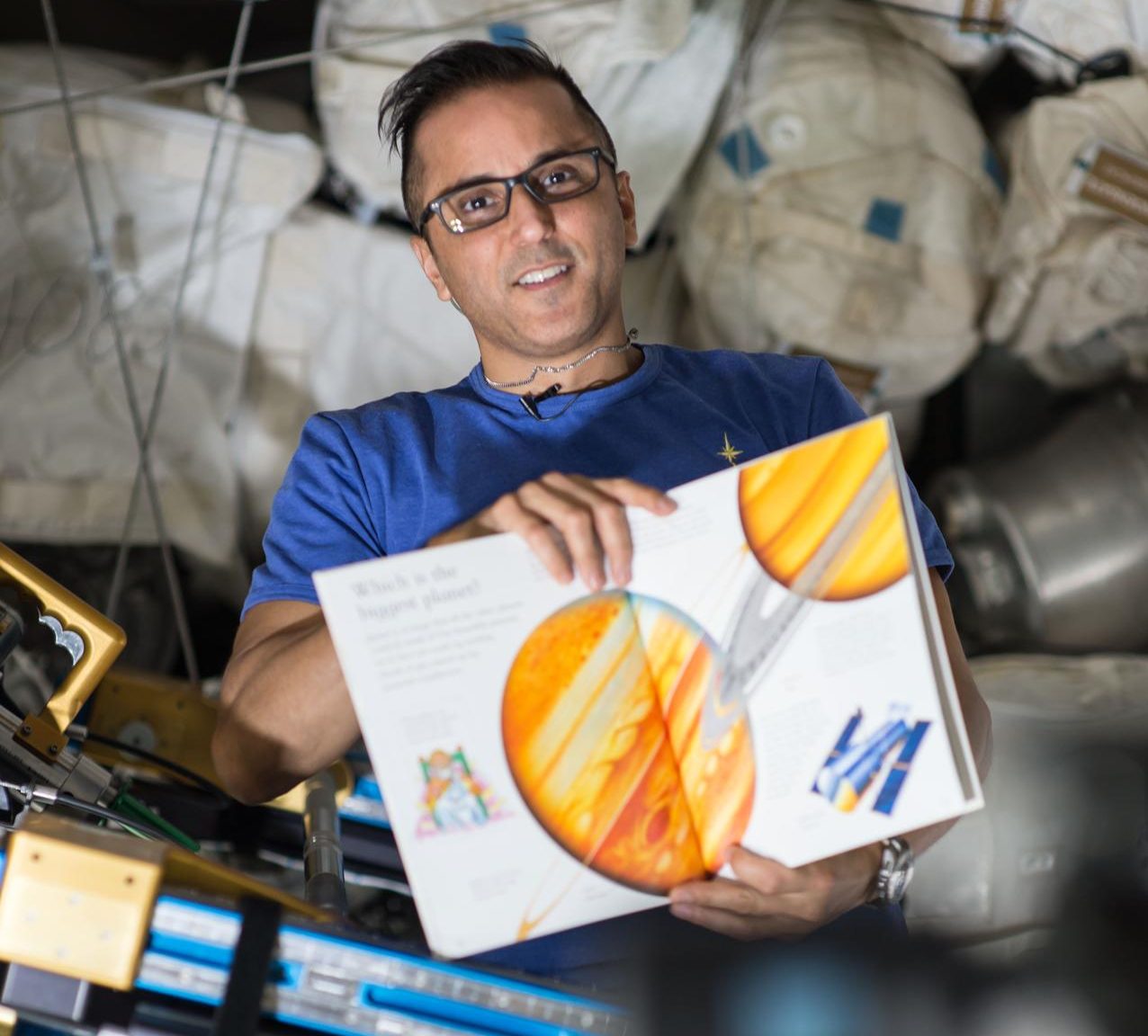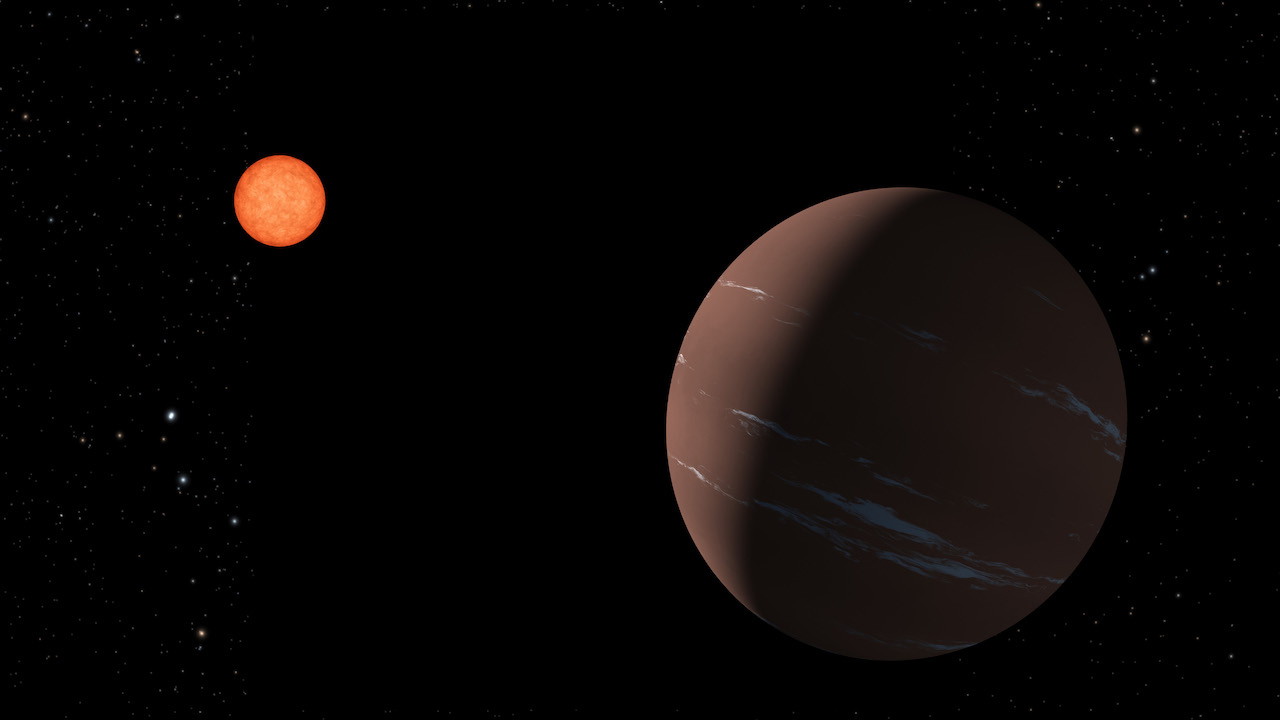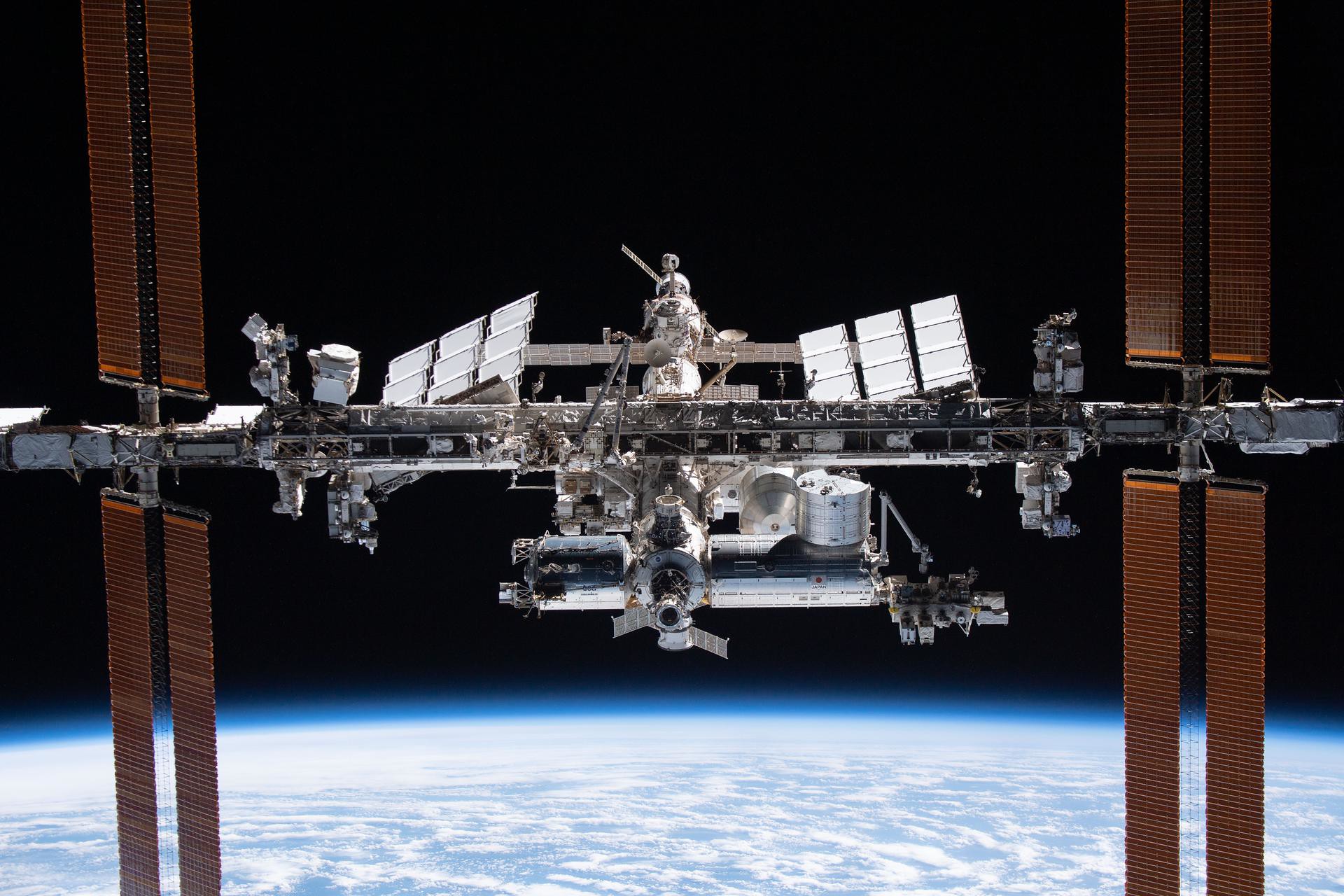Stories open up new worlds and spark curiosity in readers of all ages – and NASA is using the power of storytelling to encourage the Artemis Generation to explore STEM (science, technology, engineering, and mathematics). Through the below list of reading resources – books, comics, and graphic novels written and illustrated by NASA experts, and video read-alongs by astronauts – students will find themselves exploring the Moon, piloting a cutting-edge aircraft, searching for life among the stars, and more.
Come along with NASA on a journey of discovery!
Story Time With NASA Astronauts (Grades Pre-K to 4)
Take your reading adventure out of this world! In this video playlist, astronauts read storybooks aloud from aboard the International Space Station and other locations around NASA.
Kids Club Picture Show (Grades Pre-K to 4)
View cool pictures from NASA missions and more! This curated collection of fascinating photos introduces young explorers to a variety of topics across NASA. Each photo includes a short description with the option to hear it read aloud.
Astro-Not-Yet Storybooks (Grades K-4)
These storybooks follow along as an ambitious classroom of students learn about the International Space Station, NASA’s Commercial Crew Program, and important STEM concepts such as microgravity and sound waves. The books are available in English and Spanish.
The Adventures of Kennedy and Duke Storybook (Grades K-4)
This book follows the experiences of Kennedy, a fictional young girl who discovers an amateur radio during a visit to her grandfather’s farm. While learning to use the radio, she communicates with Duke, an astronaut living and working aboard the International Space Station. Also available in Spanish.
You Are Going (Grades K-4 and 5-8)
Through “You Are Going,” readers get a glimpse into NASA’s Artemis campaign. Learn about NASA’s powerful megarocket, the SLS (Space Launch System), as well as the Orion spacecraft, the Gateway, and other important elements that will help make these pioneering flights possible. Also available in Spanish and French.
Hooray For SLS (Grades K-4)
NASA is working to send humans back to the Moon to live, learn, and explore through the Artemis campaign – and as members of the Artemis Generation, today’s students are invited to be part of the story. “Hooray for SLS!” is the first in a series of children’s books introducing young explorers ages 3 to 8 to the SLS rocket and other components of the Artemis missions.
The Adventures of Commander Moonikin Campos and Friends Comics (Grades K-4 and 5-8)
Although no astronauts flew around the Moon on the Artemis I mission, the mission included a crew of manikins – Commander Moonikin Campos and two identical manikin torsos – outfitted with sensors to capture data during the flight. This webcomic explains what the manikins experienced on the Artemis I mission around the Moon. Also available in Spanish.
Aeronautics Leveled Readers (Grades K-4, 5-8, and 9-12)
The history of American aviation comes to life through these stories written at elementary, middle school, and high school levels. Students will read about important figures in aviation such as Amelia Earhart and the Tuskegee Airmen, as well as mini biographies of NASA employees Danielle Koch, Maria Cabellero, and Red Jensen.
First Woman Graphic Novels (Grades 5-8, 9-12, and Higher Education)
This graphic novel series takes readers into the world of fictional astronaut Callie Rodriguez, the first woman to explore the Moon. Build on the story’s lessons with the accompanying hands-on activities and videos designed for use in K-12 informal education settings. Also available in Spanish.
Astrobiology Graphic Novels (Grades 5-12)
Produced within NASA’s Astrobiology Program, “Astrobiology” is a graphic novel series that explores the many facets of astrobiology: the study of the origin, evolution, and distribution of life in the universe. Some novels are also available in Japanese, Korean, or Spanish editions.
Explore Further
There’s more to explore! Check out NASA’s STEM Search for additional resources for each grade level, including hands-on activities, games, educator guides, and more. Visit NASA’s Learning Resources for the latest news and resources from the agency’s Office of STEM Engagement.



